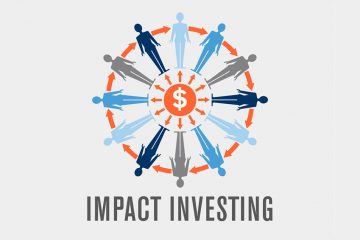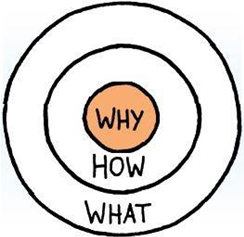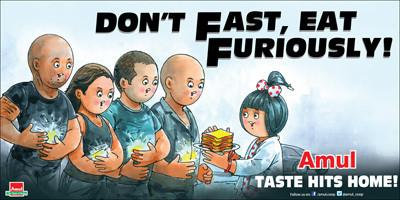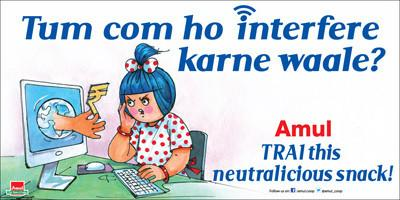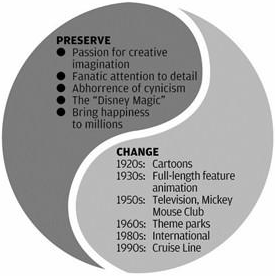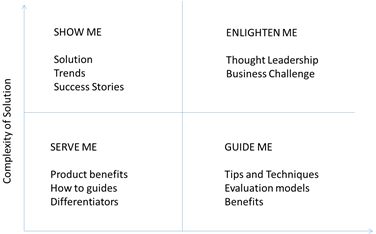Each such byte focuses on a functional issue startups need to solve as they build their company, from idea to scale. In this edition, we speak about building the story of the company.
Starting with the why:
In his fascinating TED Talk that showed a simple but powerful model of Inspiring Leadership, Simon Sinek spoke about the three-layered golden circle:
- -Why: the core belief of business
- -How: how the business fulfils it
- -What: what is done to fulfil the belief
His hypothesis: Inspiring leaders start with the why and all the others who fail to inspire stick with the outer two layers of reiterating the how’s and what’s.
Social entrepreneurs are often people driven by a deep desire and a mission to tackle and change seemingly impossible problems in education, sanitation, healthcare, water, agriculture and more – the basics of Maslow’s Hierarchy of Needs that billions of people in emerging countries such as India still struggle with. In India alone, these issues affect more than a billion people today. The “why” is the reason, for many of them to start the business. They bring incredible passion in solving for the why through their work. But that that does not mean building the story of their company is easy.
An utterly, butterly delicious example:
One company that always got it right is India’s largest milk co-operative, Amul, business that has shown both scale and profitability as well as built a much-loved brand, does not speak about the good they do in their marketing messages. What worked for them? A focus, not just on sharing their “why” and all the good they do, but on building a story far bigger than that, on the issues their customers could care about, with an enduring character that all of us growing up in India came to recognize and love. Add to that, a sheer mastery and play of words, a humorous take on current social and political events and the simplicity of their messaging. Here are a couple of examples of Amul’s genius:
When Fast and Furious 7 broke box-office records:
When Net Neutrality became a term to reckon with:
We share 5 steps that when followed can help build an authentic story, for impact, and scale.
- 1) Starting with the audience why: The first humble lesson in storytelling is that the story starts with the audience and not with the teller. For impact businesses, this means understanding the customer persona and what their “why” or promised land is, knowing fully well that this could be bigger than what our solution could offer. And that our product/solution is just one of the ways for the customer to get their promised land, completely, or partially. Clarity on this, reduces the stress we take as social entrepreneurs to show constant impact for some of the most difficult challenges we have seen over generations.
Tools: Customer journey mapping is a useful tool to explore with the team to map out audience persona and their requirements. There are multiple free templates online to practice this.
- 2) The voice of the story: Think of any fictional story we have read. Let us take for example the story of Red Riding Hood. We have heard this story, told in the voice of the narrator. Imagine just changing that voice. What if the wolf told the story? What if an unknown woodcutter who was there in the forest shared the story? Would the story change? A critical early lesson for impact startups, is that the problems we solve are so big, that the story, very soon, goes beyond just our “why.” Our teams add to the story. The investors are also telling our story. The customers are the biggest brand ambassadors for the story. Our key stakeholders and influencers are also sharing the story. The story of our company emerges from the story of the initial founding team, to a much bigger story, which encompasses, the values and the strategy of the company. The more consistent and simpler we are in the story, across the voices, the lesser chances we have of dilution of the story. Done well, this helps us build a unique brand voice for our company. All of us recognize the Amul brand voice today.Tools: Competitive value mapping is a useful brainstorming tool, to fill in, with the team, in case we see chances of such dissonance in voices happening. Best conducted through an external mediator, it helps us look at immediate short-term priorities and long-term priorities, individually and collectively, and helps us identify gaps between both.
- 3) The change and the constant: As startups, we are often used to the word, “pivots.” Short term hustling often plays a battle with our long-term goals as we try to build our companies, ground up. What is important to realize is that our story, does not and should not change, just because we must identify a new area of opportunity. There is a constant in our story, and we need to identify and preserve that. We can change the tactics or methods needed to fulfil that, based on changes in technology, consumer behaviour or market conditions. The example of Disney, a company that has endured since 1923, makes the difference clear. Disney still stands for creative imagination and magic, as it did, years ago. The methods of bringing magic alive are changing with the times.Tools: Use this framework to identify your change and constant, in line with steps 1 and 2.
Disney: The change and the constant
Source: Jim Collins
- 4) Building the story, and its components: The story of our company, is not that one pitch we make, or that one talk we share. It is building up, constantly. Often, it is hard to decide what we should share as impact reports and presentations start looking alarmingly similar, across companies operating in the same domain. Here is a guideline that helps us look at the problem from the complexity of our solution and complexity of our customers’ buying journey. And then decide what kind of stories we need to share. For example, for a product which is complex and where the customer has a complex buying journey, we need to first bring more awareness and education, before we can sell. On the other hand, if both are simple, we need to focus more on differentiators and easy to use guides that can help our customers make the choice, easily. This is the matrix for sharing the story for the customers. A similar matrix can be imagined when we think of the other stakeholders or voices of the story.Tools: A clear content marketing plan, with focus on audience persona and their benefits and mapping out where our solution/product lies in the matrix below
Source: Forrester
- 5) Where should we share our story: With the constant barrage of information around us, our channels for sharing our stories are also evolving. We can look at our customers’ buying journey which we did in step 1 and then map out the owned/earned/paid media channels based on that journey. Owned channels include our own website, videos, social media handles, blogs etc. While there is no shortcut around this and our Digital Marketing article explains more details around SEO and content marketing to achieve this, we also need to build audience for these channels. A key method a lot of companies use is building communities, often online, who can amplify the story and share their own versions of it.Next, let us look at earned media. This includes mentions about our company by other influencers, thought leaders. These could be mentions about industry trends, instead of feature stories about the company. During the early stages, this brings a lot of credibility for the company and, if done, well, they do not cost money.Paid media includes PR budget and placement of articles, by PR experts, which depends on quite a few factors from budget to having press worthy stories to share. In today’s times, new media channels such as Tiktok or podcasts are challenging the old content game. It is important to go back to step 1, our audience persona, to select the channel which works for our audience, and in the style and language that works for them and in our chosen brand voice, that comes from step 2.Tools: Map out your key own, earned, paid media strategy. Remember, less is more. The idea is not to bombard content constantly but to build credibility and a brand voice, which takes time, creativity, and consistency.
We are sure the next page of your story has already started being written. Let us know if you have questions or feedback. Reach out to us on info@caspian.in.
